Connect With Us
Blogs
vendor
Can Wearing High Heels Cause Fallen Arches?
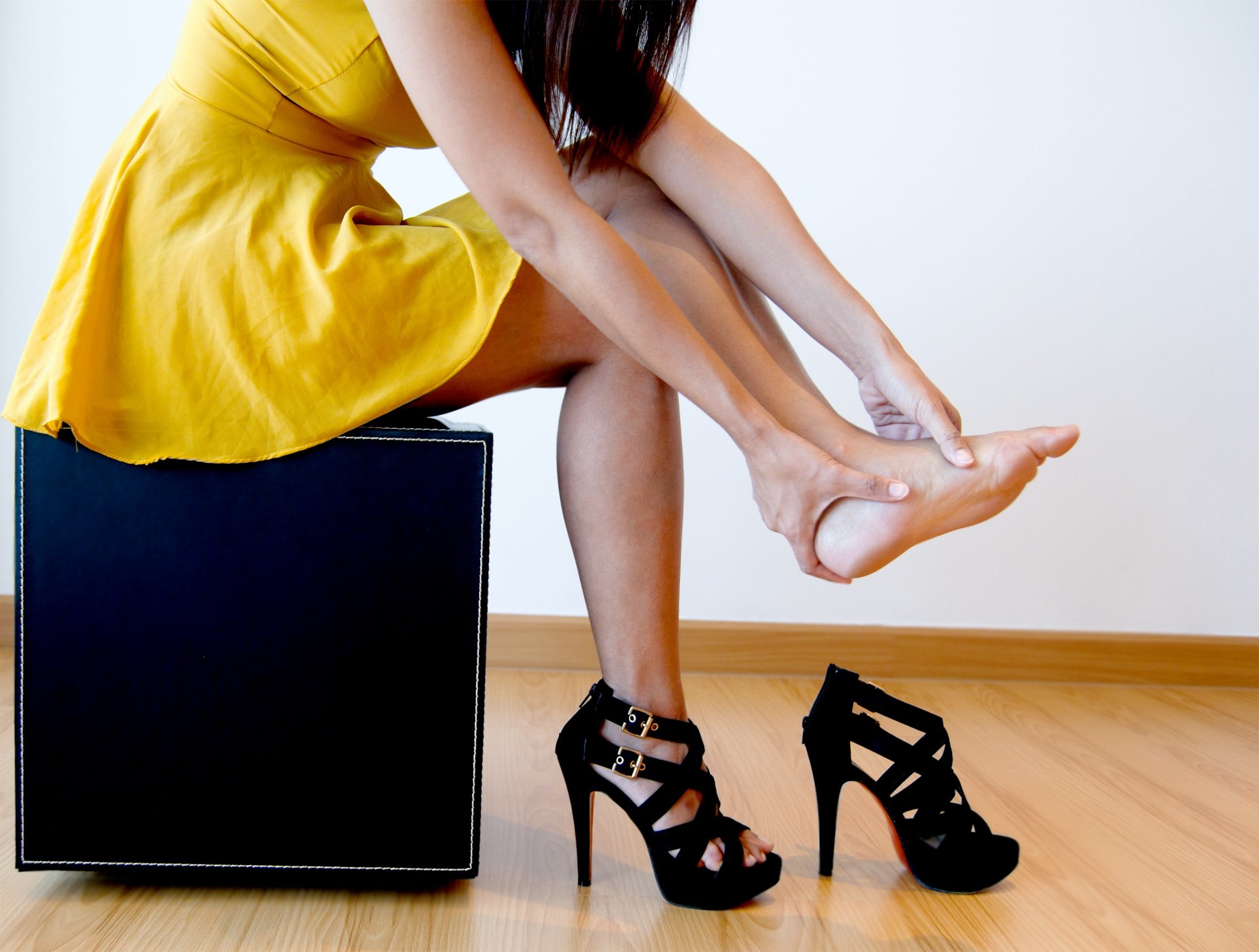
High heels are common articles of footwear used by women. Some might be required to don these type of shoes for professional purposes. Others may enjoy wearing them because they look good and enhance their sense of fashion. Regardless, high heeled shoes could potentially precipitate various foot problems.
One relatively common foot malady is fallen arches. Advanced Foot Care and Ankle Center, a leading provider of foot care, invites readers to learn about this condition, answer the question of whether there is any negative correlation between high heels and fallen arches and offer suggestions as to how impacted individuals can find fallen arch relief.
What Are Fallen Arches?
Most healthy feet contain an upward curve situated towards their middle known as an arch. A normal arch is supported by properly functioning tendons, which are structures of stretchable tissue that keep the foot attached to the heel and various bones located inside it. Fallen arches, also medically categorized as flat feet, occur when these tendons fail to correctly stretch or do not stretch at all.
The Symptoms Of Fallen Arches
In certain instances, flat feet might not precipitate any physical manifestations. However, when symptoms do occur, impacted individuals typically have flat looking feet and may experience pain while walking or executing any other type of physical activity that requires weight to be placed on their feet. More serious manifestations could include swollen feet, feet that tire without much exertion, mobility challenges, stiffness or discomfort that could spread to an afflicted person’s back or legs.
What Causes Fallen Arches?
Flat feet could be brought about by a variety of factors. Common causes include inflamed or damaged foot tendons, dislocated or broken bones within an impacted foot, foot malformations present from birth, damaged nerves, obesity, the aging process and illnesses such as diabetes and rheumatoid arthritis. In addition, the type of footwear one wears may also contribute to the development of fallen arches.
High Heels And Fallen Arches
As the name implies, high heeled shoes have high bases located at their heels. Women who frequently stand in and wear this kind of footwear force their foot tendons to stretch abnormally, which might eventually precipitate the onset of flat feet. Scientists who have conducted research on this subject opine that high heeled shoes are often a significant cause of flat feet in women and the reason women seem to develop the condition with greater regularity than men.
Finding Fallen Arch Relief
Those impacted by flat feet might employ different methods of relief. The specific method chosen will often depend on the underlying condition precipitating the malady, as well as the ailment’s severity. Some common treatment protocols include:
Exercises
Simple maneuvers that stretch and stimulate foot and ankle tendons may alleviate the condition.
Padding Shoes With Added Protection
For some people, fitting their shoes with padded soles or orthotic products may provide the additional protection and comfort necessary to ensure their foot tendons properly stretch.
Using Medications
When flat feet elicit pain or swelling, impacted persons might take over-the-counter pain killers or drugs that curtail swelling and inflammation.
Surgery
Should fallen arches be the result of more serious manifestations such as bone abnormalities or torn tendons, surgical intervention might be indicated to provide relief.
Wear Appropriate Footwear
People suffering pain from flat feet might find improvement by changing the type of shoes they regularly wear. Such shoes should fit comfortably and not place any undue pressure on foot tendons like high heels do.
Those afflicted with fallen arches and any other type of foot discomfort are encouraged to contact Advanced Foot and Ankle Center. The primary physician Dr. Pedram Aslmand has extensive experience treating this condition and many other foot maladies.
Hot to Keep a Positive Mindset Following Achilles Surgery

The Achilles is a very important part of your foot and can have a significant impact on your ability to move around. Those that are athletic could find that having to go through and Achilles heel surgery can be extremely difficult. While the surgery has been completed many times, the process of actually recovering from it can seem very long and frustrating. When going through the achilles surgery recovery, there are a variety of tips that should be followed to ensure you stay in good spirits during the recovery process.
Know Schedule and Stay Current
When you are looking stay in a good mindset after your surgery, the first thing that you need to do is know your recovery schedule and stay current with all types of therapy. Achilles surgery can be a very serious surgery that will take months of therapy. If you are consistent with your surgery, you will continue to see improvements that will be very encouraging. If you fall behind, your entire recovery will be delayed.
Get Outside
One reason why many people start to feel sluggish and depressed after surgery is that they end up spending too much time inside. While you definitely need to get your rest after a surgery, you still need to make sure that you are able to get outside and can be as active as possible. Getting fresh air and seeing some friends will help you to feel connected and will make your recovery go quicker.
Be Healthy
After your surgery, it is also very important that you continue to be as healthy as possible. When you have had your Achilles surgery finished, you obviously will not be able to participate in many of the active sports and exercise programs that you had in the past. However, there are still many ways that you can stay fit and happy while you are going through Achilles surgery recovery. By focusing on some challenging upper body exercises and eating a healthy diet, you can continue to stay fit and feel energized.
Know That It’s a Short Time
When you are in the middle of the recovery, it can seem like the whole process is taking forever. However, you need to do your best to remember that it ultimately is a very short period of time. Instead you should focus on the fact that you will soon be better and will eventually get to return to your favorite activities. This will help you to retain an overall positive point of view.
Returning to Running After a Broken Foot
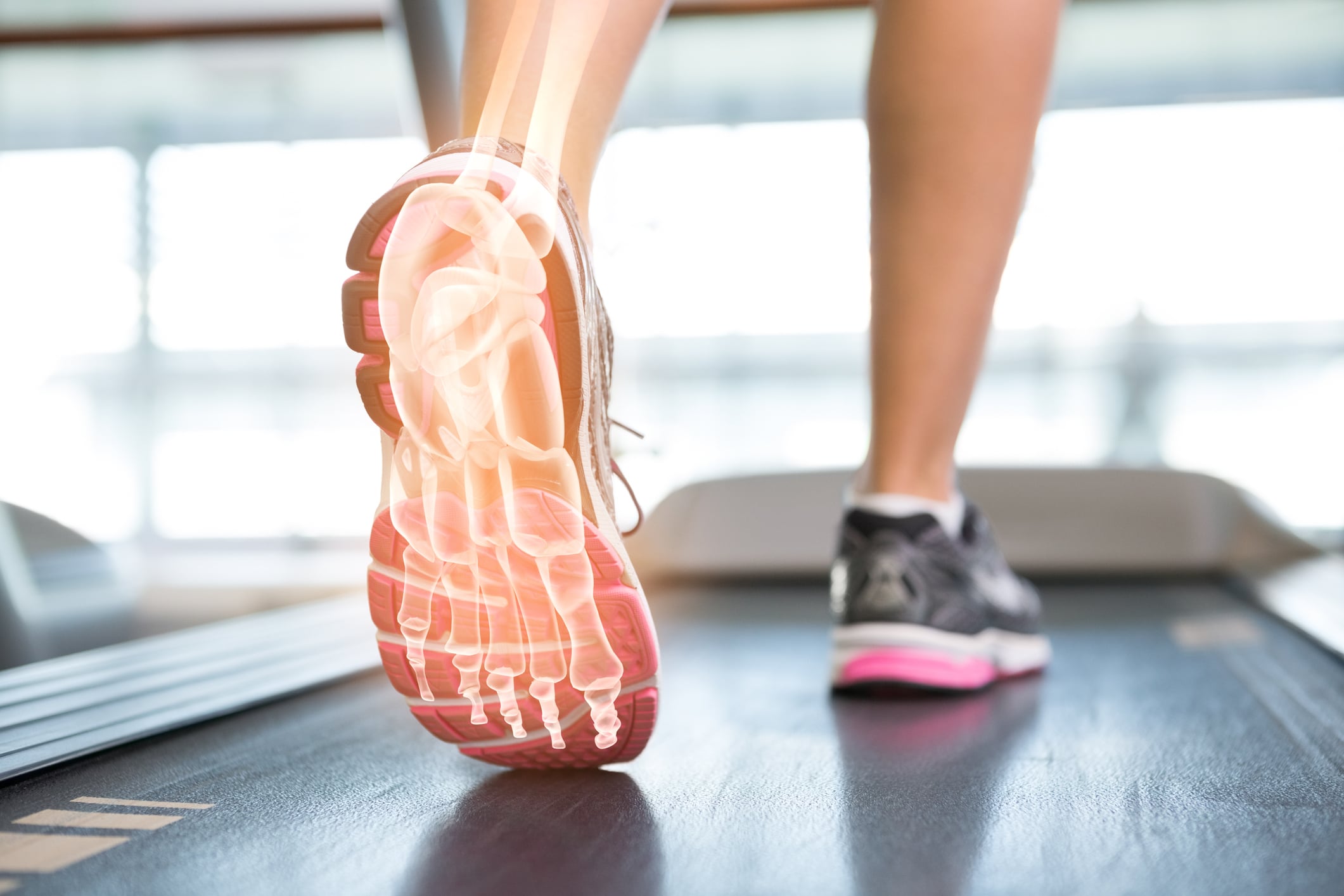
Returning to running after a broken foot is always tough. No matter what kind of shape you’re in or how much you could run before, getting back into your old routine is always a slow process. There’s not much you can do to speed up your recovery, but you can make sure that you will eventually start running again without risking any further injury. Here are just a few tips that will help you with that.
Listen to Your Doctor
First of all, you should always follow your doctor’s instructions. Your doctor will be able to tell you when it’s safe to start running after a broken foot, so don’t start before that.
Stay As Active as You Can
One of the biggest problems with recovering from an injury is not being able to keep up with your training. You will eventually recover from your broken foot as long as you heed your doctor’s advice, but you might be out of shape once you get back on the road again. Find some ways to stay active to keep this from happening. They obviously won’t involve putting too much weight or pressure onto your broken foot, but they will keep you from feeling too exhausted during your first post-fracture run. Stick to exercises that improve your flexibility and core strength.
Start Slow
Once you’re able to start running again, make sure to start slow. Don’t go on the kinds of long runs that you enjoyed before your injury. Instead, start with a shorter run that won’t tax you too much. You might be a little out of shape even if you’ve tried to stay active, and you might feel some pain in your foot if you try to go too hard. Only attempt what you’re comfortable doing at first, and stop if you feel that you should. You can gradually pick up the pace later after you’ve recovered some of your old stamina.
Don’t Hesitate to Ask for Help
When you’re returning to running after a serious injury, things will be harder for you than they were before. Don’t be afraid to ask for help if you need it, whether that means working out with a friend who will provide assistance if things get too difficult or speaking to your doctor about how to best handle your recovery. You might not feel like you need this kind of assistance, but it’s always better to be safe than sorry.
For more information about how you can help with your own recovery after you’ve broken your foot, contact Dr. Pedram Aslmand today.
How long does it take for a fractured ankle to heal?

A fracture ankle occurs when one or more of the bones that comprise the ankle are broken. The implications of the injury vary, with a single break preventing you from walking to multiple fractures, which can displace the ankle and leave it completely immobilized for several months. Ligaments can also incur damage during the injury, which further weakens the stability of the joint and increases the healing time for a fractured ankle. A number of incidents can result in this injury, including twisting and/or rolling the ankle, falling, and experiencing a strong impact or trauma. Common red flag symptoms include bruising, swelling, severe pain, deformity, and the inability to put weight on the foot.
Ankle Anatomy
The ankle joint is made up of multiple ligaments and three bones: the tibia (shin bone), fibula, and talus (a small bone sitting between the heel, tibia, and fibula). The surrounding ligaments hold the bones in place and keep the joints in tact. Two types of joint can be involved in ankle fractures. The ankle joint is classified as the point at which the tibia, fibula, and talus meet, while the Syndesmosis joint contains ligaments that connect the tibia and fibula.
Types of Fractures
Dr. Aslmand will determine the type of fracture according to which area of bone is broken. The most common fractures are a lateral malleolus and a bimalleolar fracture. A lateral malleolus fracture occurs at the end of the fibula, whereas a bimalleolar involves a break in both the tibia and the fibula. Physical examination, stress tests, and imaging scans allow the doctor to locate the injury and decide on a treatment plan.
Surgical and Non-surgical Treatment
If the fracture is very low and/or the bones are not out of place, the injury can be treated without a surgical procedure. Many fractures can be treated with a removable ankle brace or half-leg cast. If the ankle is unstable or out of place, however, your doctor may determine that surgery is necessary. Depending on the type and location of the fracture, Dr. Aslmand may use screws, plates, or wiring techniques to reposition the affected parts and create a healthy starting point for recovery.
Fractured Ankle Healing Time
Because of the wide range of potential injuries, the prognosis and recovery time are also varied. The healing time will depend on the stability of the joint and bones, as well as the medical intervention used. As a general rule, broken bones take at least six weeks to heal, but the ligaments and tendons may require more time. Whether you undergo surgery or not, the affected area needs time to heal and recover, meaning you must avoid putting weight on the leg for at least six weeks. Follow-up x-rays allow the treatment team to monitor the healing process and ensure that the bones heal with proper alignment and positioning. Physical therapy exercises can begin once the ankle is able to be moved, and weightbearing will depend entirely on how rehabilitation progresses. Depending on the injury, patients may also be advised to wear a supportive brace or splint for several months after beginning recovery, particularly when engaging in physical activities that put stress on the ankle.
How Long Must I Wait To Play Basketball After A Broken Ankle?
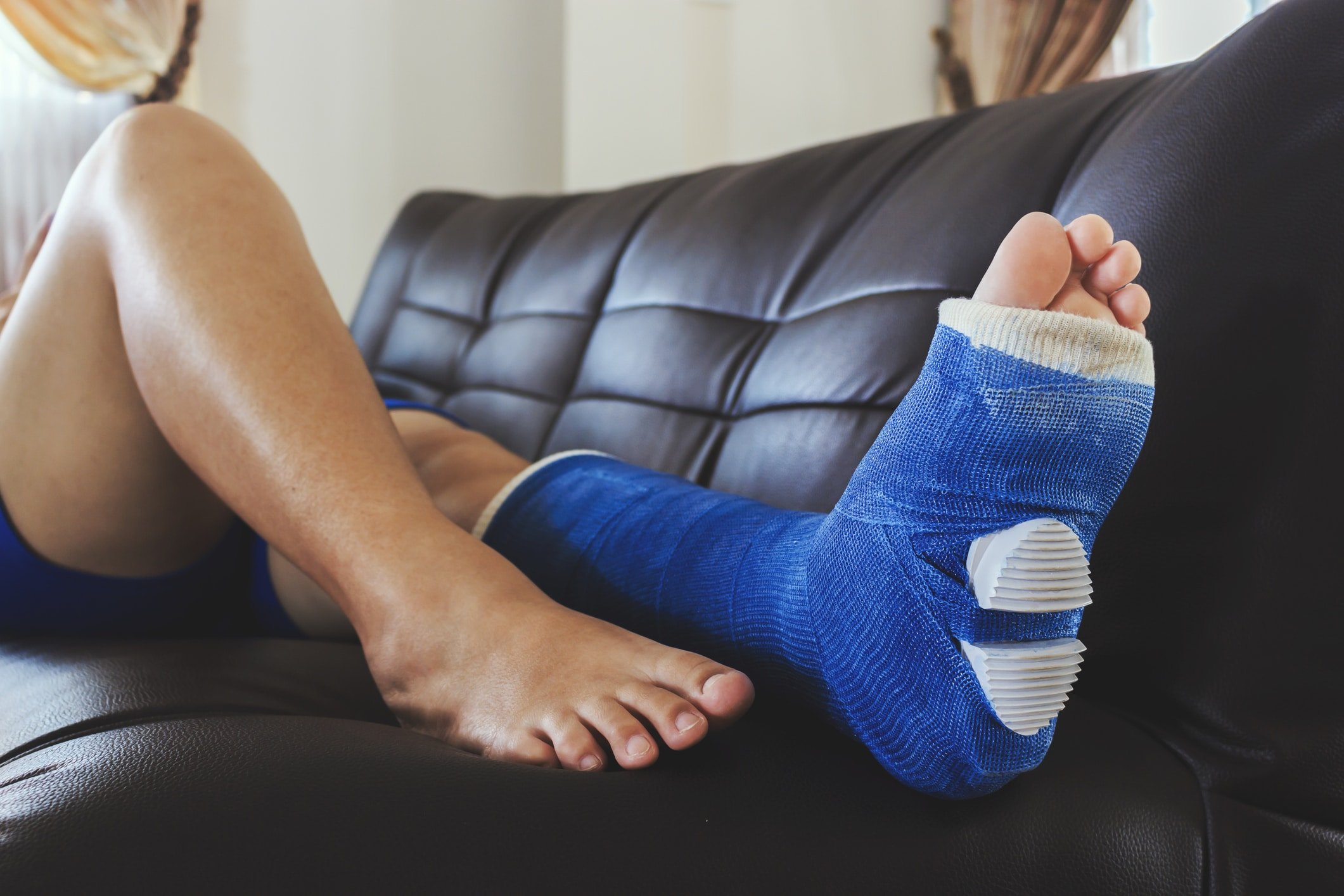
A broken ankle is a serious injury that often requires a significant amount of time and treatment to properly heal. This type of injury is relatively common to those who engage in competitive athletics, particularly basketball players. Such athletes might wonder how quickly they can return to playing basketball after a broken ankle? The following brief article attempts to answer that question.
The truth is there is no cut and dried timeframe as to when an athlete can, once again, play basketball after a broken ankle. The amount of time necessary to heal will vary from athlete to athlete and depend upon several different factors, including:
The Length Of The Recovery Period
The recovery period following a fractured ankle typically plays out over several phases. The first phase requires that the ankle be immobilized inside a cast. Once the cast is removed, the athlete can slowly begin to initiate movement again, but typically not without crutches. When the ankle is healed enough to be moved on its own, the athlete will need to undertake therapeutic activities designed to strengthen the injured bone. It is only when the athlete is able to place weight on the healed ankle and maintain balance will he or she be able to resume any kind of rigorous physical exercise such as playing basketball. Even in cases of less severe fractures without complications, the recovery period is usually at least a couple of months.
The Severity Of The Break
In certain instances, fractures can be more complicated. Ankle breaks can sometimes occur in several places inside the bone, impact surrounding joints and/or require surgical repair. Under such circumstances, the recovery time could potentially be much longer and may require follow-up procedures to remove hardware such as screws or metal that might have been needed to fuse the fractured pieces of bone. Following more complicated fractures and/or those that required surgical intervention, an athlete might be able to return to competitive basketball within four to six months after the injury occurred.
Did Other Complications Arise?
In instances where the bone is slow to heal or if an infection developed, other treatments and potentially additional surgeries may be required to prevent further injury or, quite possibly, illness. The initial recovery period would not be able to commence until any and all complications are identified and corrected.
The aforementioned time periods are only a general guide. The more exact timeframes needed before an athlete can return to the court will be determined by his or her endurance level. It is important to note that regaining full range and motion are keys to recovery because these attributes play an important role in strengthening the ankle and limiting the possibility of injury recurrences upon resuming more rigorous competitive activity. Therefore, it is incumbent upon the athlete to not rush his or her recovery and consult with their doctors to ensure they are healing properly.
Forget the Crutches and Try a Knee Scooter for a Broken Foot
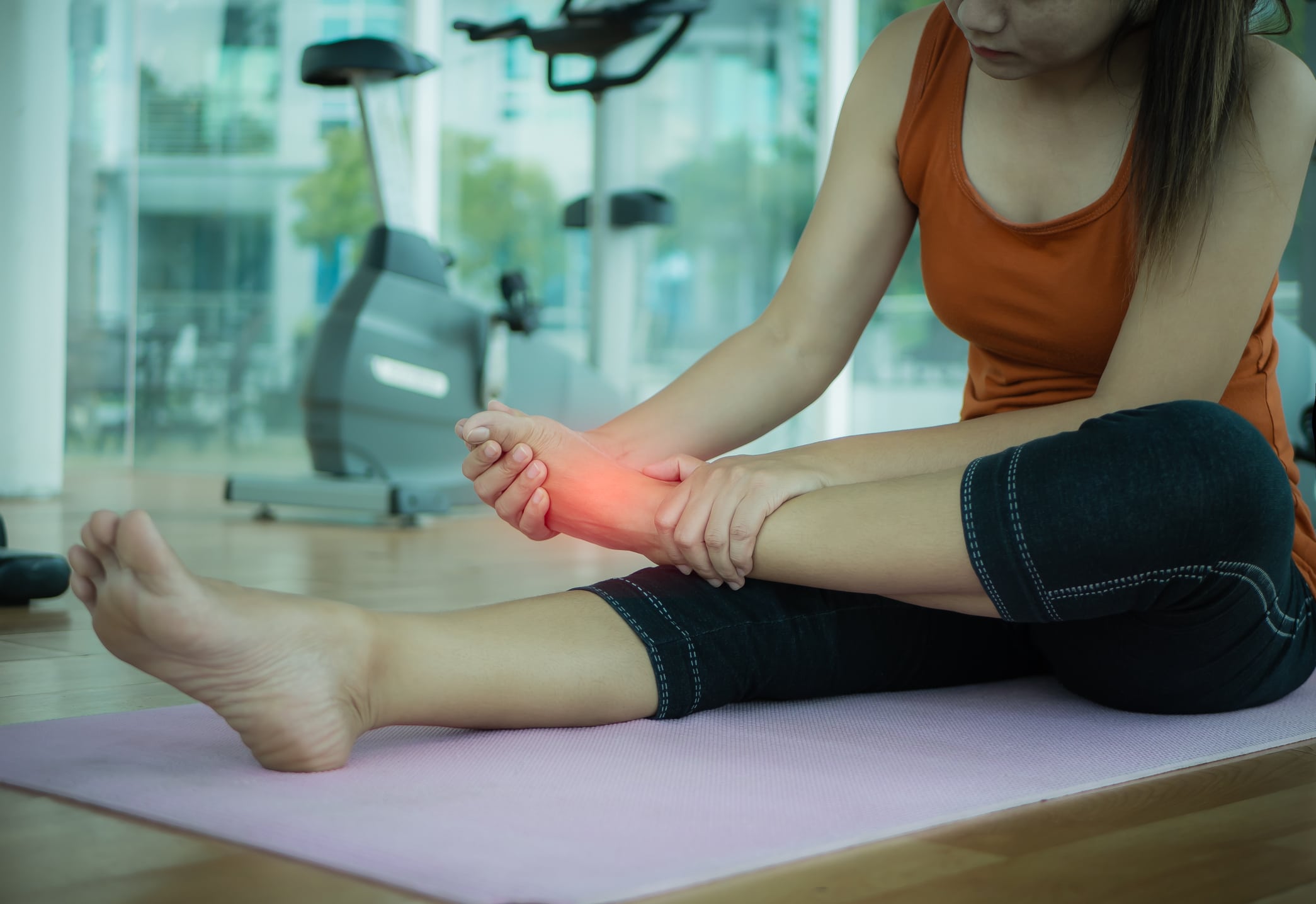
When you have a broken foot in a cast and you can’t put any pressure on it for at least a month, you have a major mobility issue. It’s bad enough that you’ll be unable to participate in many of your favorite activities during this time. But you still need to be able to get around at work, the market and your home and neighborhood. Of course, there are always crutches. But these, while relatively inexpensive, present some problems:
They limit upper body movement
They may not be comfortable
They are cumbersome
It can be difficult to maneuver
Higher risk of losing balance and falling
You may want to consider a knee scooter for a broken foot. This device looks somewhat like a child’s scooter but it has an elevated padded platform where the patient can rest a bended knee comfortably. It has wheels and handlebars which are used to navigate the scooter. It requires no upper body strength to operate. Crutches vs. knee scooter? There’s really no question there. The scooter is far superior. Let’s look at some reasons why: Your text to link…
Why is a Knee Scooter Better?
Stability
Your body is supported by the scooter. You can’t trip and fall. A purse or any bags can be placed in the scooter’s basket so they won’t affect your balance.
Speed
Trying to get even a few feet with crutches is exhausting. The scooter allows you to get where you’re going quickly without tiring yourself.
Maneuverability
The scooter can make tight turns easily without risk of losing balance and falling.
Use of a knee scooter also eliminates muscle strain and lower back pain that can result from using crutches.
Selecting a Knee Scooter
There are many different models, so you must be sure to try out your scooter and make sure it fits your needs. Make sure it glides along easily. You shouldn’t have to push hard to make it move. It should be easy to steer, even around tight corners. You should feel balanced as you operate it. The knee pad should feel supportive and be adjustable. The handlebars should also be adjustable. Make sure the brakes work well, too. Be sure to get a model with a basket so your hands are completely free at all times. Take your time. Don’t be pressured into choosing a model that doesn’t feel right for you. Ask about rentals, too. No need to buy an item you’ll need only for a short time.
Knee scooters can be purchased or rented from medical supply houses, some pharmacies, and some retailers.
As you can see, crutches vs. knee scooter isn’t much of a contest. Using a knee scooter instead of traditional crutches will make your recovery time much more pleasant and comfortable.
The Three Stages of Ankle Injury Recovery

Ankle sprains are common injuries that occur in as many as 25,000 people every day in the United States. They occur when you roll, twist, or otherwise turn your ankle in a way that stretches or tears the ligaments that hold your ankle bones together. This can occur during sports or some other physical activity, but you are just as likely to sprain your ankle by walking on an uneven surface.
A sprained ankle may be painful and debilitating, but fortunately the sprained ankle injury recovery process usually doesn’t require surgery. Some cases may only require rest and over-the-counter pain medication, but you should still speak to a doctor to know the severity of your own injury.
The Stages of Ankle Injury Recovery
Regardless of how severe your sprained ankle may be, the sprained ankle injury recovery process can be divided into three stages. The first stage is the acute phase. Depending on the severity of your injury, this stage will last between one and seven days. The goal during the acute phase is to minimize swelling and slowly progress towards walking again. This usually involves rest, ice, compression, and elevation, otherwise known as RICE. To be more specific, you will need to stay off of your injured ankle, apply an ice pack to minimize swelling, and keep it elevated. You may need to wear a boot or a brace to stabilize the ligament as it heals. Over-the-counter pain medication such as ibuprofen may be taken to help manage your pain.
Stage two is the recovery phase. This is the stage when the ligaments start to heal, and it can last between one and two weeks depending on the severity of the sprain. The goal during this stage is to protect the ankle and begin to restore its function. Your doctor may suggest therapeutic exercises to increase your strength and range of motion.
Stage three is the functional phase. This stage can last for several months if the sprain was particularly severe, but it typically last for a period of weeks. The goal during the functional phase is to restore your ankle to your normal level of activity. You should have full range of motion during this stage, although you may still need to engage in exercises to strengthen your ankle.
The prognosis of ankle sprains tend to be favorable, with most patients making a full recovery. However, severe sprains may result in chronic pain and instability. Speak to your doctor to learn more about the severity of your own ankle injury and how to best proceed during the recovery process.
Recovery Time for Extensor Tendonitis
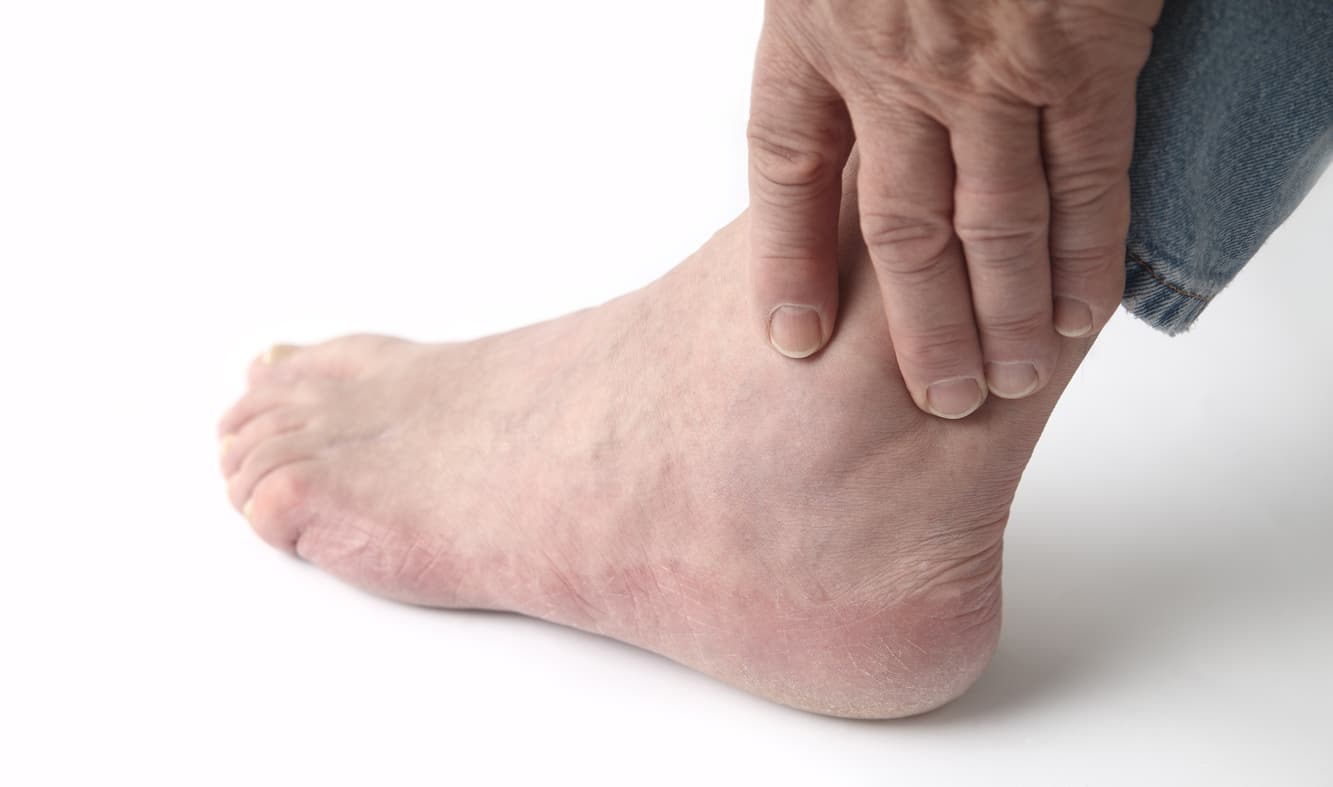
Extensor Tendinitis Defined
Anytime you flex your fingers, wiggle your thumbs, or move your wrist, you’re using the extensor tendons in your hands. When you move your toes or ankles, you’re using the extensor tendons in your feet. Whether in the hands or the feet, extensor tendons are located just under the skin, so they are very vulnerable to damage. Excessive use of the fingers and wrists, wearing ill-fitting shoes, or standing for long periods of time can damage your extensor tendons.
Symptoms of extensor tendinitis can be swelling, discomfort, stiffness, or a gritty feeling when you use the extensor tendon.
Recovery Time for Extensor Tendinitis
Since each individual is unique, recovery time for extensor tendinitis will vary depending on the individual and the severity of the tendinitis . The primary treatment is resting the tendon and using non-steroidal anti-inflammatory pain relievers, or NSAIDs. Extensor tendinitis recovery time can be as little as a few days or as long as several weeks or months, depending on the severity of the damage and the individual’s rate of healing.
Physical therapy may be recommended, which can help speed recovery, and stretches are often used to strengthen and heal the tendon. Ultrasounds can help speed the healing process as can steroid injections, although steroids are usually used in more serious cases. Injections will usually limit the use of the foot.
Badly damaged extensor tendons that don’t respond well to other treatments may require surgery. Although surgery is usually well tolerated, it can extend the extensor tendinitis recovery time from several weeks up to several months. Physical therapy will probably be required after surgery.
The key to minimizing the extensor tendinitis recovery time is to avoid placing stress on the damaged tendon. Stretching and strengthening activities may be resumed within a week or thereabouts, but will depend on your unique situation. It may seem tedious and frustrating, but it’s vital to let your body heal at its own pace rather than trying to force the issue and further damage the tendon.
During the recovery period, it’s essential that you listen to your body. If you experience pain while in the recovery period, stop the activity immediately or you may incur additional injury.
Usually, extensor tendinitis is a temporary condition and will abate with proper rest and treatment. However, ignoring the pain that may be experienced both during the injury and in the healing process can permanently damage the tendon. In order to ensure adequate healing, make sure you give your tendon plenty of time to heal, even if it takes several months. In the end, it’s better to spend a little more time healing than to cause irreparable damage to the extensor tendon.
What Can Runners Do About Shin Splints?

Painful shin splints is often associated with running due to the repetitive impact that the lower body undergoes with each jarring impact that is made. Shin splints, while painful and irritating, are treatable using a conservative approach that won’t mean hanging up your running shoes.
Shin splints are referred to as the pain you feel along your shinbone in front of your lower leg. The pain can be debilitating and will result is acute pain with nearly every step that is taken. This pain occurs in your tibia and is found most commonly among runners and dancers who have a regular impact with a hard surface from the ball of their feet. When experiencing this pain, it is advised that you take preventative measures to alleviate further complications and ensure that the inflammation has a chance to recede.
Shin splints are technically known as medial tibial stress syndrome. Common signs of shin splints usually are tenderness and some mild swelling in your lower leg. This pain is mostly found among runners who suddenly change their normal workout routine too rapidly. For instance, if an athlete has been running 2-3 miles twice per week, but then decides that they want to run a marathon and quickly progressed to running 5-7 miles three times per week, the body is going to have to adapt quickly. The stress and increased workload can put pressure on the body that may result in a potential breakdown.
By changing a running routine very quickly, your body does not have the time to adapt and the previous conditions it was accustomed to experiencing and recovering from are no longer enough. Your muscles, tendons, and bone tissue begin to become overworked and fatigued by the new, intensified training.
There are many ways to combat shin splints and help to ease the pain in your legs if you are experiencing shin splints. First, it is important to treat your legs with ice and plenty of rest after a strenuous workout. Using the RICE philosophy (Rest, Ice, Compression, Elevation), a runner can provide their legs with the necessary rehabilitation after activity while still being able to be active and continue training.
Another important aspect to prevent shin splints is to be sure you are wearing proper footwear and modifying your exercise routine so that you do not further inflict pain. Often times getting a new pair of running shoes or adding an insert or orthotic can be just what is required to reduce the stress of impact. As a guideline, it is important that you replace your shoes every 350 to 500 miles so that you consistently have proper foot care.
If you are experiencing painful shin splints that are not going away then contact Dr. Pedram Aslmand’s office to schedule a consultation to determine a course of action that can get you back to your training regiment.
Recovering From Bunion Surgery
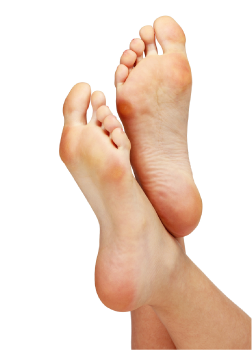
Recovering from bunion surgery is a process that involves clear instruction, and a bit of self discipline. No one wants to find themselves with a post-surgical infection, or a foot that cannot bear weight properly. So, I wanted to share some tips on recovering.
You should greatly restrain the desire to be up and moving a lot. Bearing too much weight, after surgery, can lead to issues with the bunion surgery. You can end up with a lot more pain and swelling. So, limit your time on your feet.
For the first 3 days or so, you need to keep the foot elevated as much as possible. Applications of ice three times a day will also help to reduce the amount of swelling from the surgery. You may also be taking some ANTI-INFLAMMATORY, or some pain killer, based upon what your surgeon prescribes. Make sure that you don’t cheat this process, as it will only help you recover more quickly.
You will also begin wearing an orthotic, such as a boot cast, for around 2-3 weeks, while recovering from bunion surgery. The boot is designed to protect you, so follow instructions for wearing it. It is also important that you keep the foot clean and dry. The best way to do this is take a bath, so you can guarantee the foot will stay out of the water.
Finally, stay away from tight fitting shoes, until the incision has completely healed. You also want to avoid narrow toed shoes for the same period.
Recovering from bunion surgery can be a simple process, by just following the simple instructions provided to you by your surgeon. You’ll be back on your feet in no time.

